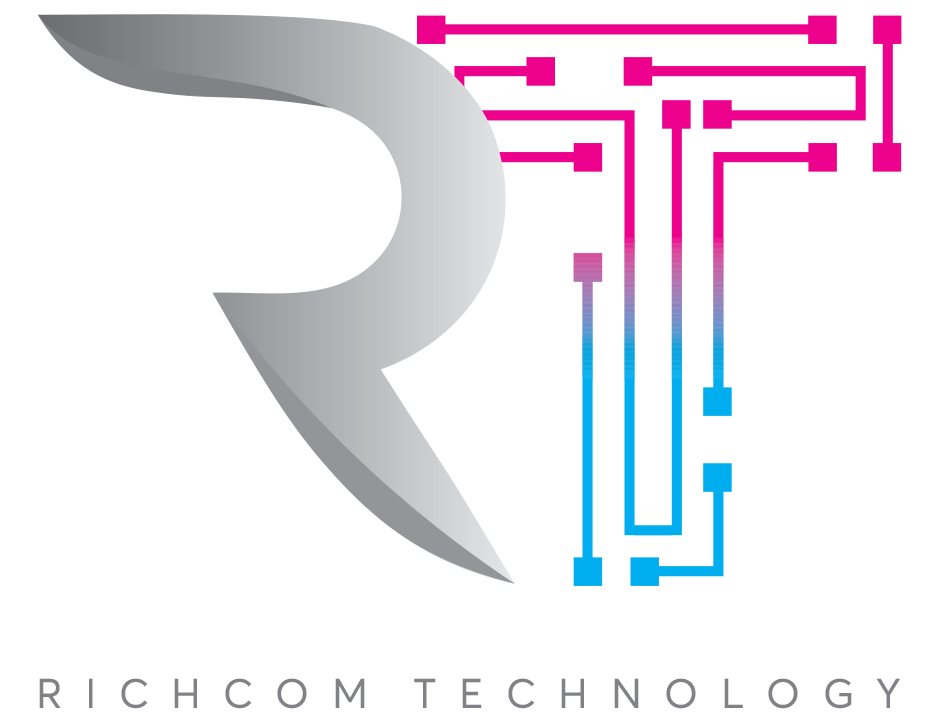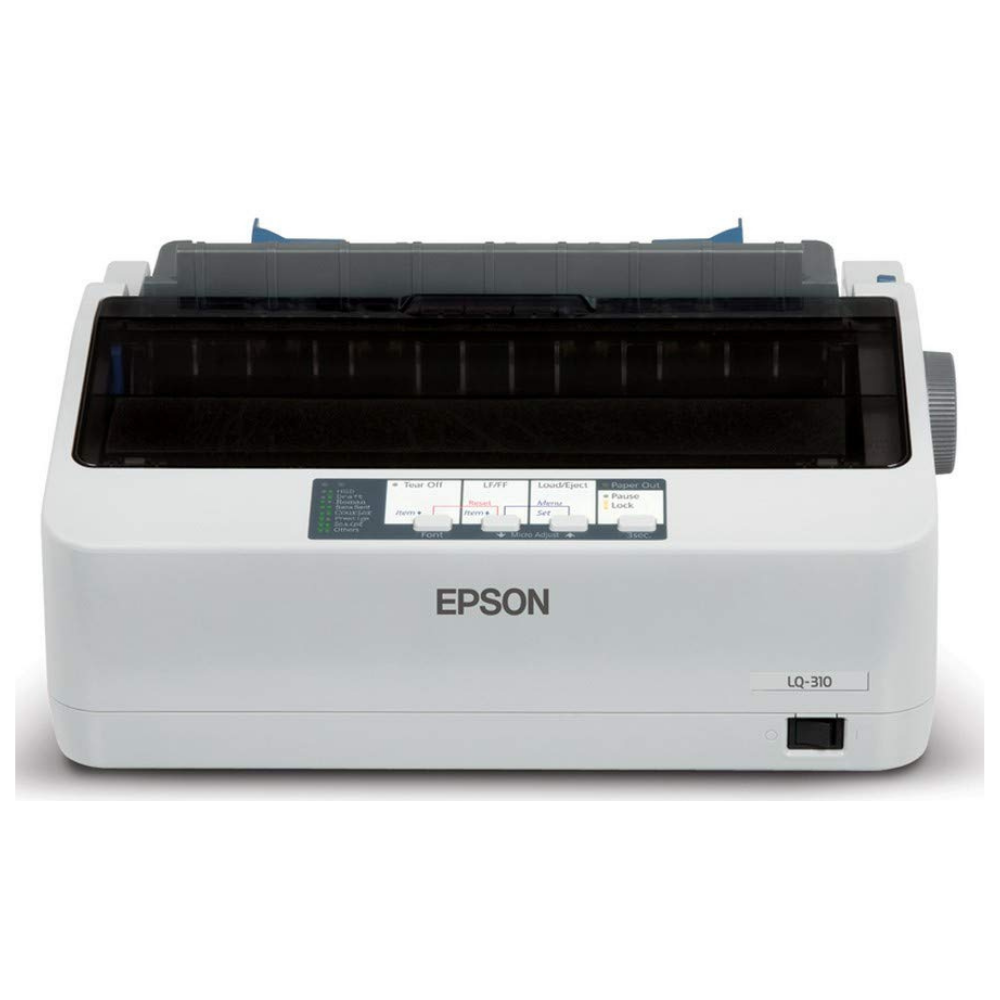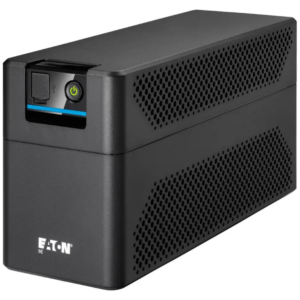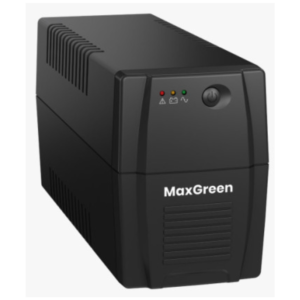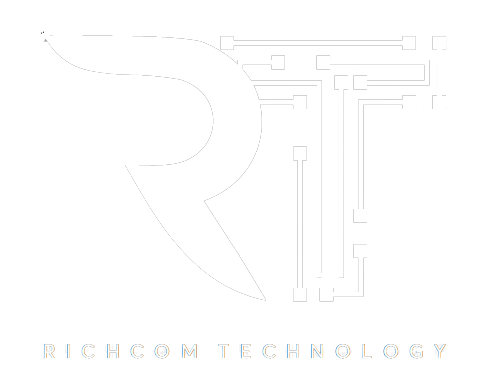Dot Matrix Printer
Dot matrix printers utilize a mechanical print head composed of tiny metal pins that strike an inked ribbon to transfer characters onto paper. Known for reliability and cost-efficiency, these impact printers excel in environments requiring durable, multi-copy forms. Industries such as banking, retail, and logistics continue to rely heavily on dot matrix technology for critical documentation tasks. To understand their sustained preference in specific sectors, examining their operational advantages becomes essential.
How Dot Matrix Printers Work

Dot matrix printers operate through a precise mechanical action, employing a print head that travels horizontally or vertically across the paper, striking an ink-soaked ribbon to transfer ink dots onto the page, much like the mechanism of a traditional typewriter.
Central to this impact printing process are tiny metal pins housed within the print head, which are driven by electromagnets or solenoids. When activated, these pins rapidly press against the ribbon, creating distinct inked dots that collectively form characters and graphics.
The quality and resolution of printed output depend considerably on the number of pins in the print head. Printers with 9-pin configurations produce lower resolution text and images, while 24-pin printers achieve near letter-quality output owing to their increased dot density.
Additionally, dot matrix printers excel at producing multi-part forms, enabling simultaneous creation of carbon or carbonless copies, such as invoices and contracts, via a single printing action.
Key Advantages of Dot Matrix Printers

Reliability and versatility characterize the primary advantages of dot matrix printers, making them particularly suitable for specialized business needs.
As impact printers, dot matrix printers utilize mechanical force to transfer ink onto paper, enabling efficient printing on thicker media and multi-part forms. This capability allows simultaneous creation of multiple document copies, essential for critical paperwork such as invoices and receipts.
Additionally, dot matrix printers handle continuous fanfold paper, facilitating uninterrupted long-run printing tasks common in bulk data processing or extensive reporting applications.
Available in various models, dot matrix printers also offer flexibility in print quality. Specifically, 24-pin versions provide near letter-quality output, considerably enhancing print resolution compared to standard 9-pin models.
Moreover, dot matrix printers typically utilize high-yield ribbons that deliver exceptional performance with a low cost per page, making them highly cost-effective for businesses managing high-volume printing operations that prioritize both durability and economical efficiency.
Industries That Still Rely on Dot Matrix Technology

Several specialized industries continue to depend heavily on dot matrix printing technology due to its unique capability to reliably produce simultaneous multi-part document copies.
In banking, the dot matrix impact method is indispensable for generating passbooks and cashier checks, where accuracy and multiple carbon copies are essential. Similarly, retail businesses utilize dot matrix printers extensively for multi-part forms such as receipts and invoices, ensuring consistent transaction documentation.
Additionally, point-of-sale systems frequently incorporate these printers to swiftly and reliably output transaction details onto continuous fanfold paper, facilitating efficient record-keeping.
Fire alarm systems also rely on dot matrix technology to produce printed status reports and alarm notifications, assisting in clear communication and prompt emergency responses.
Finally, healthcare providers continue to use dot matrix printers for patient records and multi-layer documentation forms, benefiting from the printers’ durability and precise multi-copy capability, which are critical in maintaining thorough patient records.
Epson LQ-310 Dot Matrix Printer
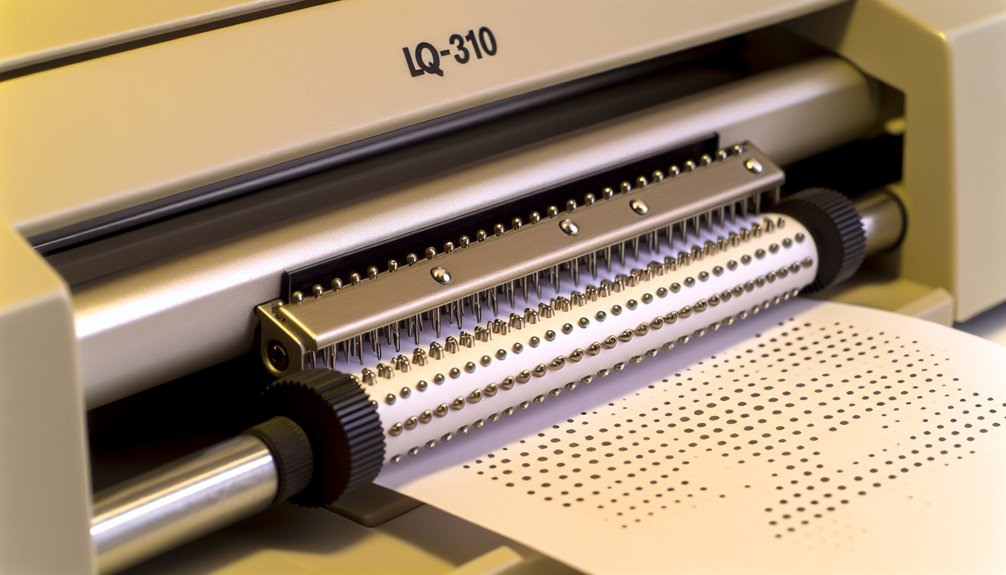
Designed for demanding environments such as retail counters and banking terminals, the Epson LQ-310 is a compact 24-pin impact dot matrix printer capable of delivering high-quality output at resolutions up to 240 x 144 dpi.
Engineered for reliable performance, it attains print speeds of up to 550 characters per second (cps), addressing the needs of high-volume printing tasks efficiently.
A significant advantage of the Epson LQ-310 is its capacity to handle multi-part forms. Users can simultaneously produce up to five copies, making it ideal for printing invoices, receipts, and similar documents where duplicates are essential.
In addition, the printer supports versatile connectivity options, featuring both USB and parallel interfaces. These connectivity options facilitate seamless integration into existing business workflows, reducing setup complexity and downtime.
Its compact form factor enables flexible placement, ensuring consistent performance and continuous printing on various media types, particularly suited to retail, banking, and similar demanding operational environments.
Epson LQ-350 Dot Matrix Printer

The Epson LQ-350 dot matrix printer is a compact 9-pin impact printer engineered to deliver efficient performance at speeds of up to 347 characters per second (cps), ideal for handling high-volume tasks.
Featuring a narrow carriage design, this dot-matrix printer is particularly suitable for printing multi-part forms and continuous-feed paper, making it highly effective for invoicing, receipts, and record-keeping in retail environments.
The LQ-350 incorporates high-yield ribbons, providing businesses with cost-effective printing solutions while maintaining consistent print quality throughout the ribbon’s lifespan.
Its compact form factor allows convenient placement in small workspaces, enabling easy integration into modern office setups using both USB and parallel interfaces.
Recognized for its robust durability and reliability, the Epson LQ-350 is commonly chosen for demanding applications within banking, logistics, and similar industries where dependable, long-lasting printing solutions are essential.
Conclusion
Dot matrix printers remain relevant due to their robust performance, cost-effectiveness, and unique ability to print multi-part documents efficiently. Offering reliable operation through impact-driven mechanisms, devices such as Epson’s LQ-310 and LQ-350 continue to serve specialized needs in banking, retail, and logistics sectors. Despite advances in printing technology, the durability, versatility in handling various media, and suitability for demanding industrial environments guarantee that dot matrix printing technology maintains its practical value today. Please check out Dot Matrix Printer Prices in Sri Lanka for latest deals.
